Blisworth and Family
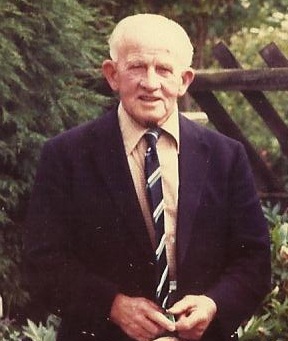
George Henry Clarke
One night the air raid warning went off and George and his mate went to the shelter close to the signal box they were working near but the signalman would not leave his post and go into the shelter.
He was married in 1941 and at sometime later moved to Cowley,
Oxford. He then moved back to the area and bought a house in Euston Road, Northampton and then eventually moved back to Blisworth.
He then worked at Rugby S&T, where he put in many years of service. While at Rugby he often went out to Banbury Lane and Gayton signal boxes.
During the electrification of the railways, George Clarke had to go for extensive training at Bletchley Park, he was very upset that he would have to go back and study again. His superiors said if he did not re-train he would not have a job, he found it hard work but passed all his exams. He did like studying in a grand old building.
Through looking at where my family have worked, it seems that not only has my grandfather worked at Blisworth but his brother and father were Railway Gangers and his uncle started as a railway painter at Blisworth.
After an illness from seeing his best mate killed, George worked from Blisworth Station using a yellow BR van to get about in.

Blisworth Station
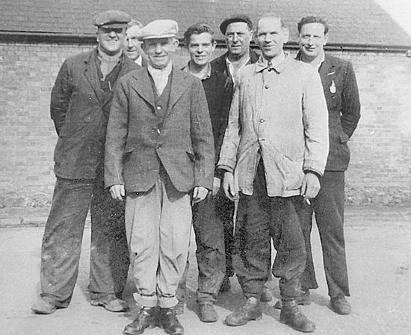
George Clarke (front left) and gang, photo taken 1950's.
Some explanatory notes from George Freeston.
With thanks to Tony Marsh and www.blisworth.org.uk
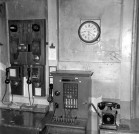
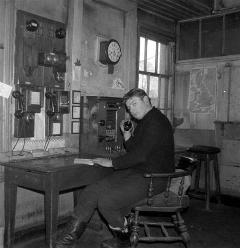
Blisworth Station opened in 1839 but the people of Blisworth were unhappy with the 'crude' station and lobbied for a better one which was built in 1842 with 'First Class' status which meant all trains would stop there.
The London to Birmingham Railway was built bypassing Northampton as it was too difficult to include due to the gradients, as later reported George Stephenson had observed "it is easy to get an engine into the town but impossible to get it out again".
Blisworth became a junction station in 1845 when a branch line to Peterborough was opened via Northampton. In 1866 a single track branch line was built to Towcester, the short branch was known as the Stratford Upon Avon and Midland Junction Railway.
The line had been intended to go to Wales primarily as a route for transporting iron ore to the countries main blast furnace in South Wales but local sources were becoming exhausted. New sources of iron ore were found in Warwickshire, Northamptonshire and Rutland and would have been transported by train but it worked out cheaper to buy and ship by sea iron ore from Spain. The emphasis for the railway then switched to bringing tourists to Stratford upon Avon.
The SMJ was nicknamed by passengers as SLOW, MISERABLE and JOLTY.
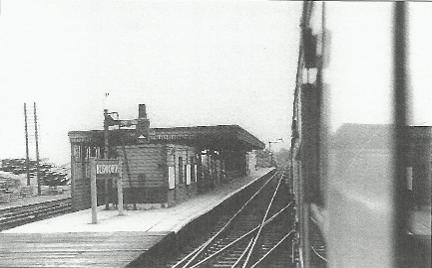
Blisworth Station
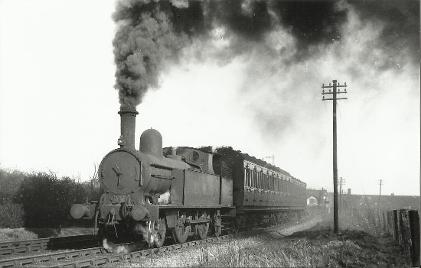
Blisworth Line photo ©L.Hanson 1948
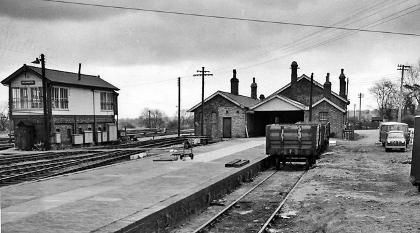
The station was closed to passengers that day, and to goods in 1964.
At the date of the photograph (1962) the main line station buildings
had already been removed, those on the right were the remains of the terminus of the ex-Stratford-on-Avon & Midland Junction line, which ran via Towcester to Stratford and Broom Junction until 1952, with a branch from Towcester to Banbury until 1951.
© Copyright Ben Brooksbank and licensed for reuse under this Creative Commons Licence
©SJBrown